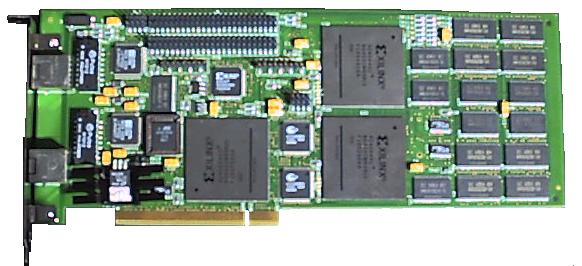
Pat Gelsinger is a technologist’ technologist. He worked on the X386 and X486 processors. We referenced the book he and Crawford wrote Programming the 80386 for our “Porting Unix to the 386” series in Dr. Dobbs Journal in the early 1990’s and the development of 386BSD. It was a seminal processor and work that helped launched the open source operating system movement.
Yet Pat didn’t stay to retire with laurels at Intel. After many years battling for Intel’s future, he left to head EMC and, later, VMWare. Now he’s been brought back to Intel as CEO effective 15 February 2021. Why?
In a nutshell, while Gelsinger was off dabbling in storage technologies and cloud services, Intel was burning through every single technology advantage people like Gelsinger had built. Now, Intel is facing a reckoning, and needs to build a future again.
And that future depends on people with technical and domain skill, like Pat Gelsinger.
This was a bitter pill for Intel’s Board of Directors and executive team to swallow. But, as Baron Mordo said, “The bill comes due”.
The roots of this squandering of the future was based not in technology, but in contempt of technologists. Risk-takers in both strategic and startup investment in the 1990’s and 2000’s saw the proliferation of new approaches as “chaotic”.

I sat in an office of a top tier VC firm on Sand Hill Road in the late 1990’s and listened to the “smart money” partner complain about how their investments in ATM were being disrupted by InterProphet’s SiliconTCP low latency chip — as if I owned the burgeoning TCP/IP technology and was personally damaging their investments with a few prototype boards, a handful of working FPGAs and some Verilog.
TCP/IP was present in the mid-1980’s in Berkeley Unix, and used in datacenters throughout academia and government. As Vint Cerf himself noted, it was a good enough solution to get packets from one point to another.
TCP/IP as an “ad hoc” technology was good enough to take out OSI, ISDN and ATM. I thought it was wiser to surf the tsunami instead of railing against it. That just bred resentment.
I sat in corporate offices in the 1990’s and 2000’s and heard complaints about how open source was overtaking proprietary software stacks, and it was ruining their projections and their business.
Berkeley Unix was a feeder of innovation from the early 1980’s. True, it was not a viable competitor to proprietary OS stacks until we launched 386BSD in the early to mid-1990s. From that open source stack, backed by Dr. Dobbs Journal, sprang a whole host of proprietary software industry competitors, including Linux.
Open source kernels like 386BSD and its many progeny would not have made inroads if there had not been a wealth of innovation already present to mine out by these groups — innovation that was neglected, minimized or attacked by established proprietary players.
But up to the point we released 386BSD publicly, everyone underestimated us. It couldn’t be done. It wouldn’t be done. But it was done. I knew it could be done.
I sat in a room in the early 2000’s as a VP at Microsoft complained about how open source was a threat and how, looking right at me, they had gathered information on everyone involved and their families. As if developing the open source OS created some kind of ominous fifth column of open source software subverting their eternal rights to OS glory. It was…unpleasant. It was also incredibly horribly damaging personally.
I listened in the mid-2000’s as a VC “sympathetically” told us that we’d never get funding again after InterProphet. Not because we’d done anything wrong. We met our commitments. We built things. But because they didn’t want innovation and the risks that came with it. And their way to kill the message was to kill the messenger.
“The bill comes due”.
The resentment in the 1990s and 2000s towards new ideas and the creation of new products was intense. All they could see was damage to their five year technology plans and prior investments. The idea of hedging your bets was anathema, because that implied they couldn’t control the industry.
And mind you, it was about control. Control of technology. Control of innovation. Control of monetization. Control of creativity. Control of thought.
So here we are, in 2021. Intel squandered their future, slicing and dicing their monetization game. Intel’s “safe and sane” business relationship with Apple is now in pieces. In 2018 Apple maneuvered Intel into taking out Qualcomm as a competitor. In 2019 Apple acquired Intel’s smartphone modem tech and developed their own. In 2020 Apple introduced the M1 as a competitor to the high end X86 line. And that’s just one customer. The vultures are circling. Intel lost control.
Now Pat Gelsinger has agreed to come back. How will he pick up the pieces of a damaged company? I assume he’d only return if he had broad latitude in restructuring, hiring and firing. He’ll investigate interesting acquisition targets that offer a path forward for Intel. And he’ll look closely at how rivals like AMD under Dr. Lisa Su have done so well while Intel foundered.
Intel ouroboros. Pat is back at the beginning. It remains to be seen how he creates a future for Intel once again.